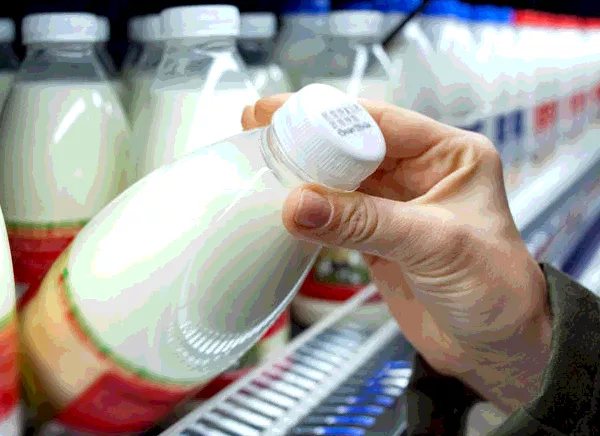EFSA Provides Guidance on Food Date Marking Information

Following a request from the European Commission, the European Food Safety Authority (EFSA) Panel on Biological Hazards (BIOHAZ) was asked for scientific opinions providing guidance on date marking and related food information in view of the application by food business operators (FBOs) of Regulation (EU) No. 1169/2011 on food information to consumers as an integrated part of their food safety management system. A risk-based approach should be followed by FBOs when deciding on the type of date marking, setting of shelf-life, and the related food information that should be provided on the labelling in order to ensure food safety.
Decisions on the type of date marking need to be made on a product-by-product basis, considering the relevant hazards, product characteristics, and processing and storage conditions. The hazard identification is food product-specific and should consider pathogenic microorganisms capable of growing in prepacked temperature-controlled foods under reasonably foreseeable conditions. The intrinsic (e.g., pH and aw), extrinsic (e.g., temperature and gas atmosphere), and implicit (e.g., interactions with competing background microbiota) factors of the food determine which pathogenic and spoilage microorganisms can grow in the food during storage until consumption. A decision tree was developed to assist FBOs in deciding the type of date marking for a certain food product. When setting the shelf-life, FBOs need to consider reasonably foreseeable conditions of distribution, storage, and use of the food. Key steps of a case-by-case procedure to determine and validate the shelf-life period are: (i) identification of the relevant pathogenic/spoilage microorganism and its initial level, (ii) characterization of the factors of the food affecting the growth behavior, and (iii) assessment of the growth behavior of the pathogenic/spoilage microorganism in the food product during storage until consumption. The BIOHAZ panel’s recommendations related to training activities and support, using “reasonably foreseeable conditions,” collecting time-temperature data during distribution, retail and domestic storage of foods, and developing appropriate levels of protection and/or food safety objectives for food-pathogen combinations.
Looking for quick answers on food safety topics?
Try Ask FSM, our new smart AI search tool.
Ask FSM →







